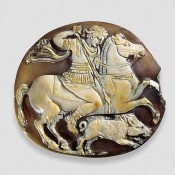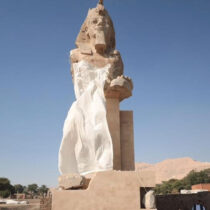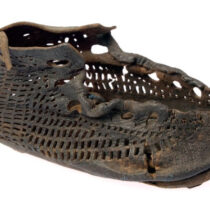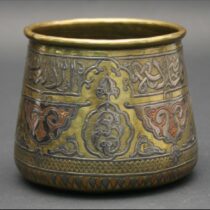A recent geophysical study at the Herakleia Archaeological Park has brought to light the remains of a large semicircular structure, which archaeologists have identified as an ancient theatre complex.
Herakleia—also known as Siris—is located in Policoro, southern Italy. It was founded in the early 5th century BC by Greek settlers from Tarentum (modern-day Taranto) and possibly from Thurii.
Researchers from the University of Basilicata conducted the geophysical survey, which revealed a pattern of concentric magnetic traces. These findings suggested the presence of a grand and well-designed public structure.
Given its shape and layout, experts believe the building was a theatre used for dramatic performances and public gatherings. The structure is set on a natural slope that overlooks the ancient city and faces directly toward the sanctuary of Dionysus. This positioning strengthens the idea that the space was used for theatrical and ritual activities, likely linked to the worship of Dionysus.
This discovery is part of a broader research initiative supported by the National Museums of Matera and the Basilicata Regional Museums Directorate, with funding from Italy’s Ministry of Culture. The project aims to combine archaeological research with conservation efforts and community engagement.
Dr. Carmelo Colelli, who is leading the excavation, hopes the findings will shed light not only on the theatre itself but also on the broader urban layout of Herakleia, which was founded in 433 BC and served as the center of the Italiot League.
Filippo Demma, Director of the Basilicata Regional Museums, stated that the project enhances one of the region’s most significant cultural landmarks and marks the beginning of a new era of discovery.
Massimo Osanna, Director General of Museums, highlighted that the initiative reflects a national strategy to integrate research into cultural site management. He said that to invest in research is to invest in preservation and in the renewal of our cultural heritage. He also added that Herakleia is a shining example of how archaeology, the landscape, and institutional collaboration can come together to produce sustainable knowledge.





